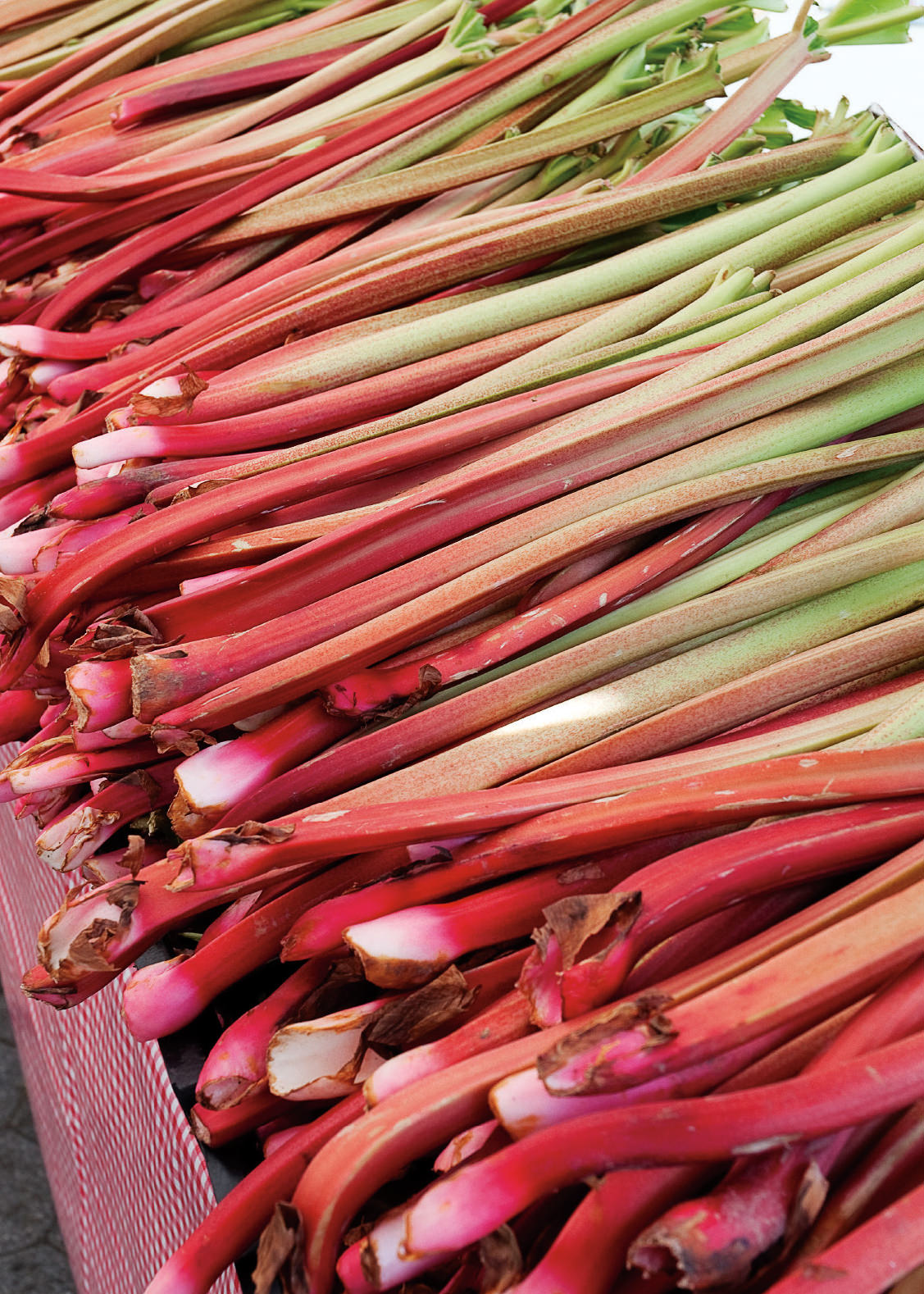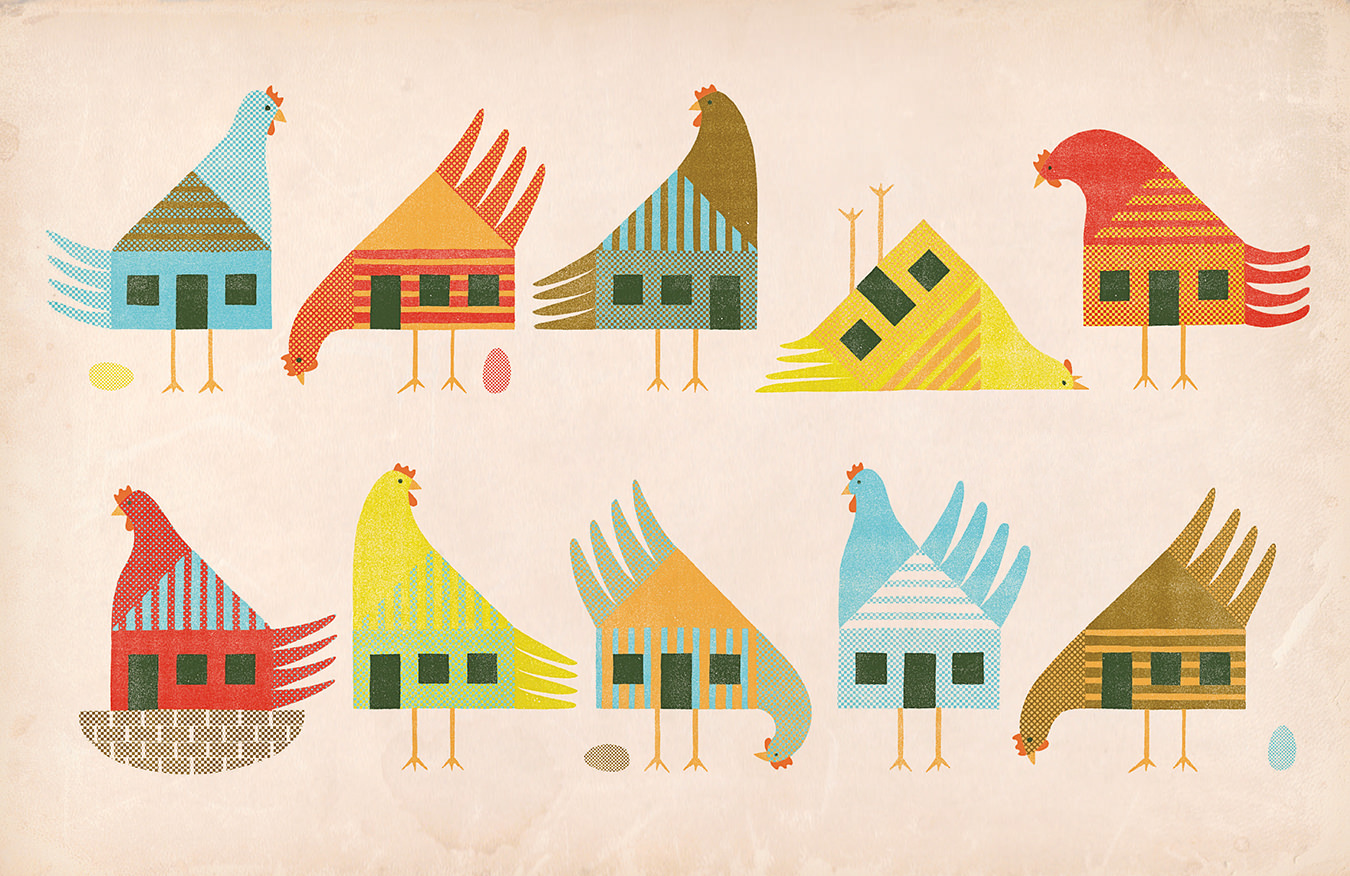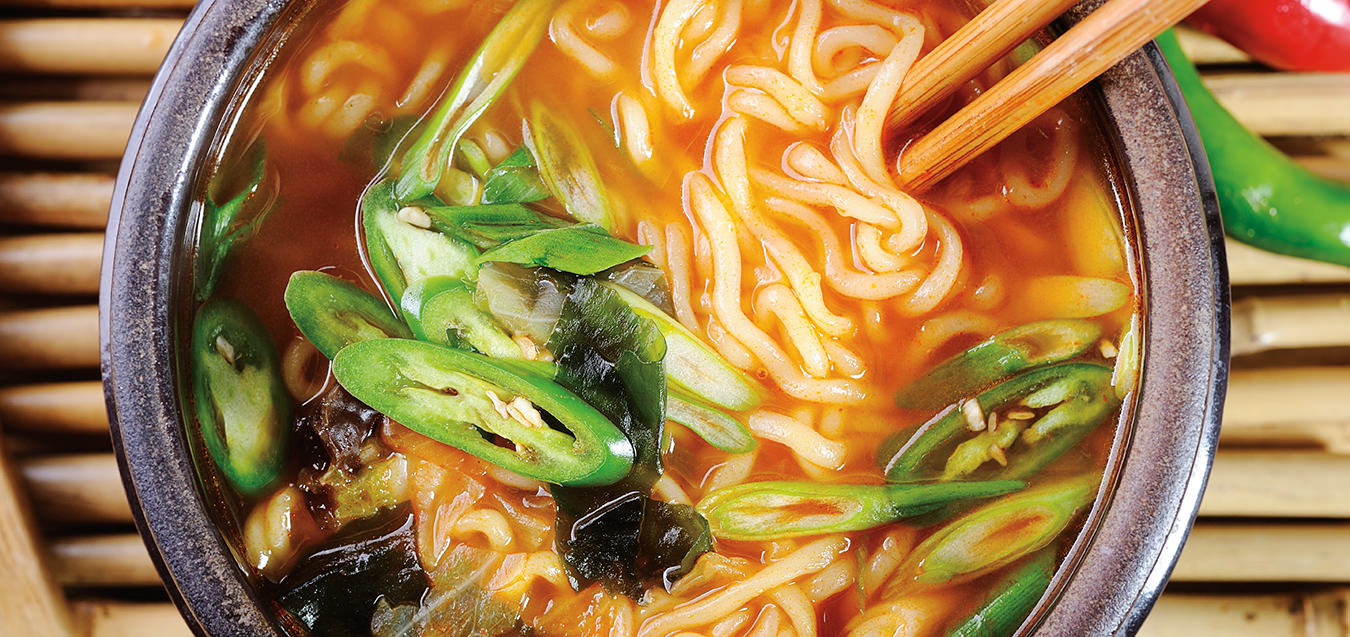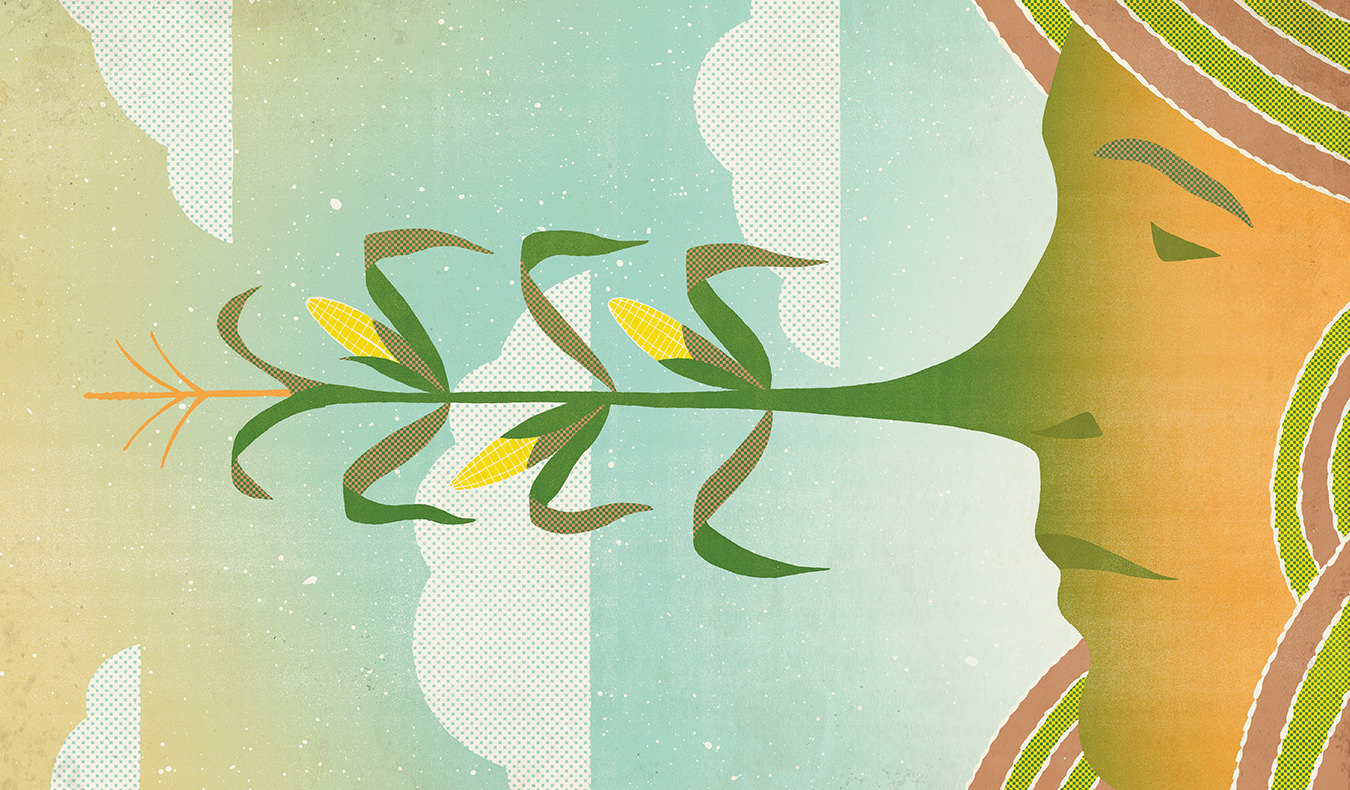Fabled Fruit
The quotidian apple.
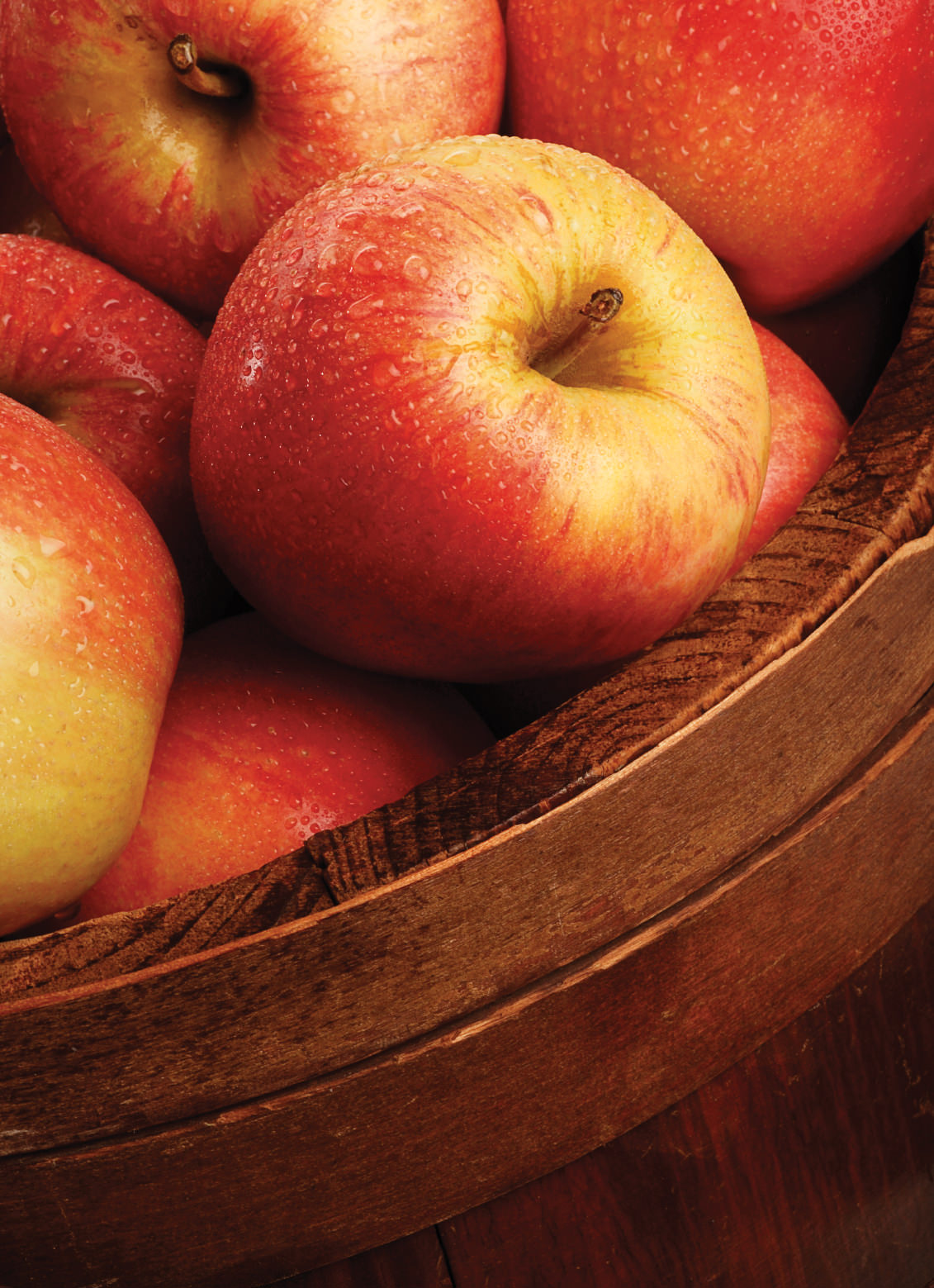
A staple on kitchen counters and in lunch bags across Canada, apples are a part of everyday life. They’re so common that we don’t give them much thought—but perhaps that’s what makes them so special. Unlike the latest trendy superfruit, apples are ingrained in our culture and lore. They carry with them a certain nostalgia that can transport us back to childhood with the scent of freshly baked apple crisp. And while we take apples for granted most of the year, the autumn harvest reminds us why we love them so.
Just how popular are apples? When the Canadian Produce Marketing Association asked 2,000 people to name their favourite fruit in a 2013 nationwide survey, apples came out number one, with bananas a close second. Perhaps one of the reasons why apples are so popular is that, unlike bananas, they grow in our own backyards.
Carol Martin, author of The Apple: A History of Canada’s Perfect Fruit, writes that although several varieties of crabapples are native to our land, European settlers brought more palatable eating apples with them to Canada in the early 17th century. Today, Ontario produces most of the country’s apples, with a total marketed production of 126,623 metric tons in 2010, according to Agriculture and Agri-Food Canada. Quebec and British Columbia rank second and third in production respectively, and the Maritime provinces also have a long cultivation history. Nationwide, popular varieties include the crunchy Red Delicious, tart Granny Smith, and sweet Spartan. Honeycrisp, Fuji, Ambrosia, and Salish apples are relatively new creations.
Martin explains that, similar to human reproduction, apple seeds require pollination from a second tree to germinate. Because they don’t replicate their parent plants, it’s possible to create an infinite variety of apples without genetic modification. Grafting creates orchards of the same variety, but some of the most beloved apples have resulted from happy accidents. For example, in the early 19th century, John McIntosh was clearing land for his house in southeastern Ontario when he discovered a special tree with shiny red, sweet, juicy fruit. The tree probably sprouted from a discarded Fameuse apple core, and the new variety, christened McIntosh after its founder, went on to become the most popular apple in Canada. It was also a favourite of Jef Raskin’s, an early Apple Computer interface expert who named the Macintosh computer after it. (Raskin changed the spelling to avoid conflict with an audio equipment manufacturer.)
Some apples, such as the sweet, crisp Golden Delicious, are well suited for baking and cooking, while others, like the creamy, mellow Gala, are often enjoyed raw. Which are the best for snacking? That’s a question of personal taste, says Margaret Butschler, a volunteer and buyer for the annual apple festival at the University of British Columbia. While some Canadians favour a sweet-tart apple, others prefer predominantly sweet. Her favourite apple? “Whatever I’m eating right then.”
Butschler notes that heirloom apple varieties—such as Gravenstein (originating in Denmark), Bramley, and Cox’s Orange Pippin (both from the United Kingdom)—have fallen by the wayside over the years. That’s because producers favour hardier varieties that store and ship well. She explains that while apples are available year-round, they’re at their freshest during the harvest from August to November. Out of season, growers keep them in cold storage for months, where the apples “hibernate” and finish developing their flavours until they’re ready for market. That’s why autumn is the best time to find a wide variety of fresh apples at farmers’ markets and harvest festivals.
Perhaps because they are available year-round and are a constant presence in our homes, apples are inextricably linked to childhood. Alphabet books teach us that “A is for Apple,” and the first stories we read feature the fruit; recall Snow White, who fell into a deep sleep after eating an apple poisoned by the Queen. Apple lore goes all the way back to the Garden of Eden, although it’s debatable whether or not the apple was the fruit that brought down Adam and Eve; in the past, the word was used as a generic term for many fruits. Regardless, children learn early that one bad apple can spoil the barrel.
Apples, nonetheless, retain a virtuous reputation. “An apple a day keeps the doctor away” for so many reasons. Packed with vitamins, antioxidants, and fibre, apples help fight heart disease, possibly reduce the risk of asthma for children, and have other beneficial effects. At less than 100 calories each, apples are the poster child of a healthy snack.
Yet they’re also the essential ingredient in some of our most beloved home-baked treats. Many families have their own treasured apple recipe, whether it’s for pie, crisp or cobbler, baked apples, dumplings, or fritters. Butschler’s family, for example, has a soft spot for a good apple crisp. “We feel like it’s a little bit healthier than apple pie,” she says, laughing. “But with ice cream or yogurt, it’s even better.”
It’s as difficult to resist a warm apple dessert as it is to refrain from picking the plump, shiny fruit hanging low on the trees. Apples may not be glamorous, but they’re unmatched for their fabled, homespun appeal. Go on—take a bite.
Originally published October 4, 2013.
Photo ©iStockPhoto/Skodonnell.

